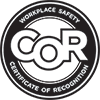Vericlean Abatement Group
Lead Paint Removal
Vericlean Abatement Group (a division of Vericlean Restoration Services Inc.) are professionals at handling hazardous material like asbestos, mould, and lead and removing them following industry protocols and guidelines set out by the Alberta Government. Vericlean provides these services to the Edmonton area and most of northern Alberta.
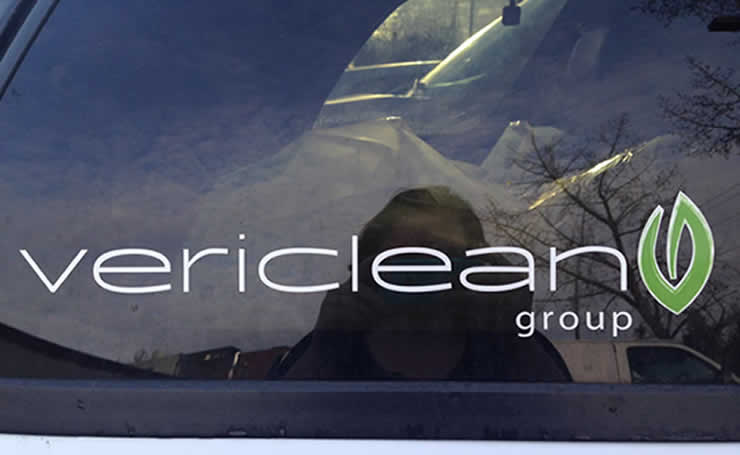
Lead Paint Cleanup
Take advantage of our knowledgeable, highly specialized, certified technicians and have us make your living or working environment safe and green. We have extensive experience and a great reputation with our residential, commercial and industrial customers.
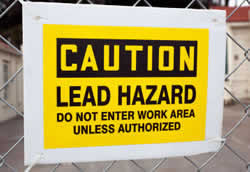 Lead is a very dense (heavy), soft grey metal that has found many common uses in daily life. From car batteries, to fishing and hunting supplies, x-ray machines, solar cells, and it even used to be in your gasoline. It has been used for centuries and lead poisoning has been documented as far back as ancient Rome, Greece and China.
Lead is a very dense (heavy), soft grey metal that has found many common uses in daily life. From car batteries, to fishing and hunting supplies, x-ray machines, solar cells, and it even used to be in your gasoline. It has been used for centuries and lead poisoning has been documented as far back as ancient Rome, Greece and China.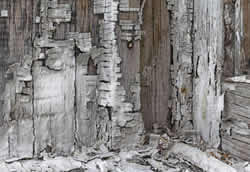 Paints made before 1950 contained large amounts of lead. In fact, some paint made in the 1940s contained up to 50% lead by dry weight. If your home was built before 1960, it was likely painted inside, and out with lead-based paint. Since the 1950's, the use of lead has been more common in exterior paint than interior paint.
Paints made before 1950 contained large amounts of lead. In fact, some paint made in the 1940s contained up to 50% lead by dry weight. If your home was built before 1960, it was likely painted inside, and out with lead-based paint. Since the 1950's, the use of lead has been more common in exterior paint than interior paint. Lead is a highly toxic metal that may cause a range of health problems, especially in young children and pregnant women. When lead is absorbed into the body, it can cause damage to the brain and other vital organs, like the kidneys, nerves and blood.
Lead is a highly toxic metal that may cause a range of health problems, especially in young children and pregnant women. When lead is absorbed into the body, it can cause damage to the brain and other vital organs, like the kidneys, nerves and blood.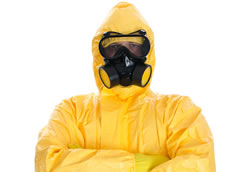 First determine if the paint contains lead by analyzing at a Standards Council of Canada certified laboratory or a professional industry hygienist. Lead-based paint doesn't present a health hazard as long as it is not chipping or flaking and it isn't located where it can be chewed by young children (window sills, cribs, etc.). Non-professional lead paint cleanup attempts can often result in a more immediate hazard than simply leaving the painted area intact. A good option for dealing with lead-based paint is encapsulation, that is, covering the surface with vinyl wallpaper, wallboard or paneling. In areas out of children's reach, applying a few layers of non-leaded paint to intact surfaces will help. Other good options include replacement and chemical removal. Mechanical removal (e.g., sanding) should be avoided, especially when there are high levels of lead in the paint unless remediated by professional remediation company.
First determine if the paint contains lead by analyzing at a Standards Council of Canada certified laboratory or a professional industry hygienist. Lead-based paint doesn't present a health hazard as long as it is not chipping or flaking and it isn't located where it can be chewed by young children (window sills, cribs, etc.). Non-professional lead paint cleanup attempts can often result in a more immediate hazard than simply leaving the painted area intact. A good option for dealing with lead-based paint is encapsulation, that is, covering the surface with vinyl wallpaper, wallboard or paneling. In areas out of children's reach, applying a few layers of non-leaded paint to intact surfaces will help. Other good options include replacement and chemical removal. Mechanical removal (e.g., sanding) should be avoided, especially when there are high levels of lead in the paint unless remediated by professional remediation company. 
